Why There Are Different Shapes of Pupils and How They Affect Vision
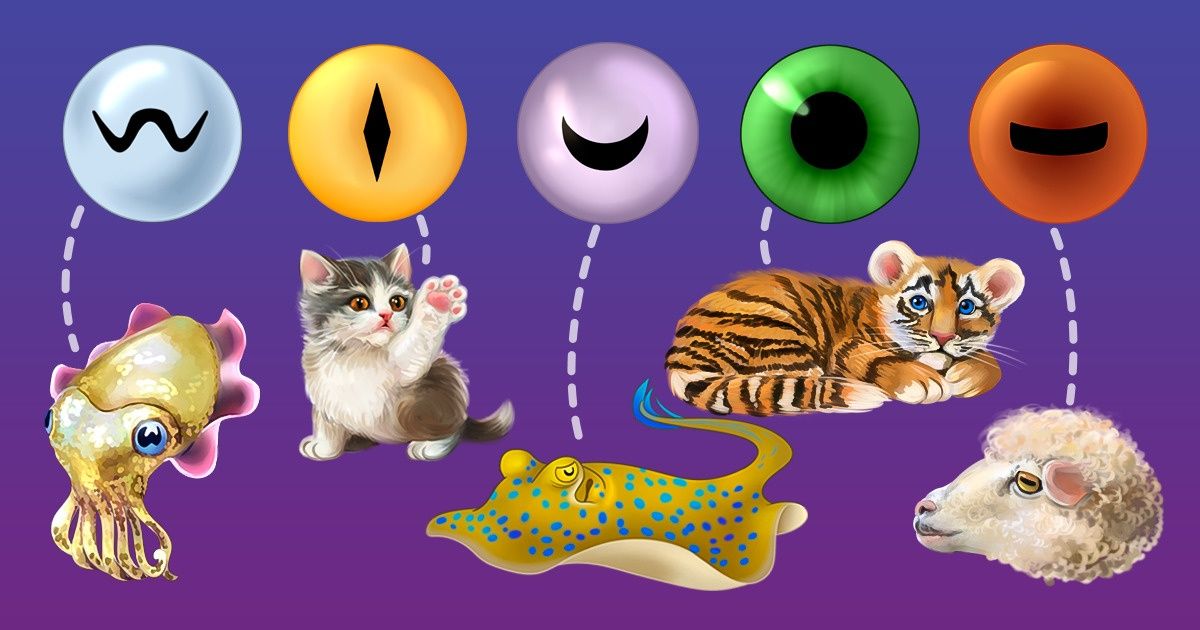
Cats that look like tigers and actual tigers are distant relatives. But look at their eyes: when there’s a lot of light, a cat’s pupils are vertical, whereas a tiger’s pupils are 2 small round dots. If you follow this logic, cats and crocodiles should have something in common, and so should tigers and humans. But is this true?
5-Minute Crafts explains why there are different shapes of pupils and what advantages animals have.
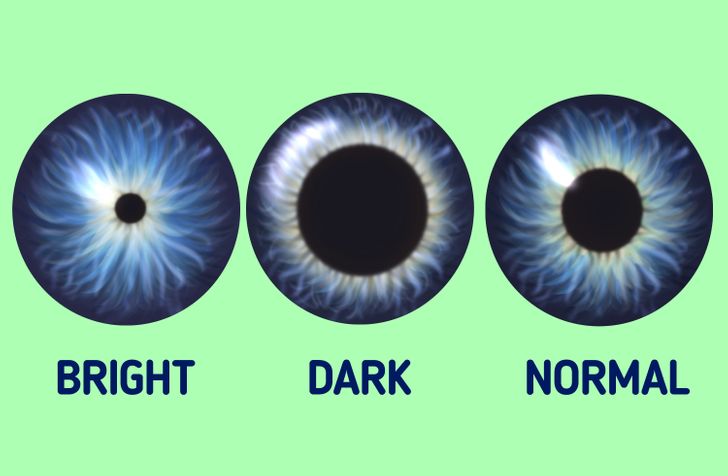
The pupil is a hole in the center of the iris where light enters the eye.
Pupils have a special reaction to light: if you go from a dark place into bright light, the pupil will shrink, and it will increase if you go into darkness.
Look into the mirror and you will see that you have round pupils. Like dogs and wolves. But cats have vertical pupils, like foxes and crocodiles. Scientists believe that different shapes of pupils are the result of evolution and adaptation, and the result of the different lifestyles of animals. You can find out a lot of things about an animal by the shape of their pupils.
The shapes of pupils and what they affect
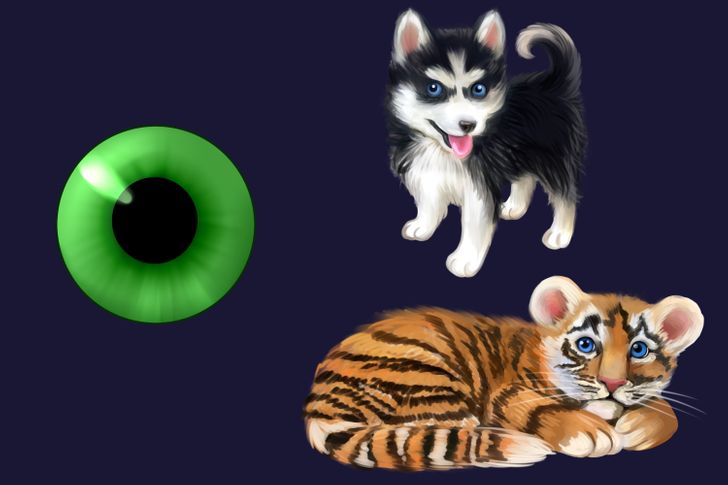
Animals like dogs, wolves, and big cats have round pupils and they actively hunt during the day. The round shape of the pupil means that the angle of the vision is not very wide. But it’s not a disadvantage because big predators don’t need to be afraid of being attacked. The most important thing for them is to see their victims in front of them.
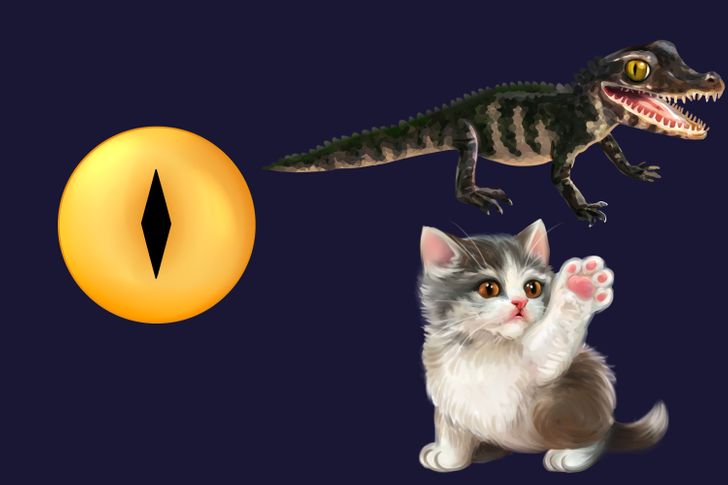
The animals that have vertical pupils (like slits) hunt low to the ground and ambush their victims. Regular cats, foxes, and even crocodiles are like that. Despite their vertical shape, these pupils increase in size in the darkness to catch more light. And when the light is bright, this type of pupil becomes a slit. So, these predators can see well in different light conditions and can hunt both during the day and at night.
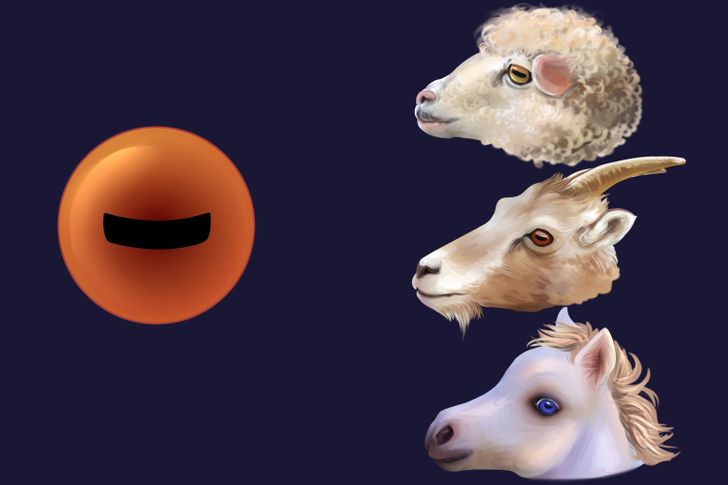
The animals that predators hunt have horizontal pupils. In bright light, they increase in size and become a rectangle. You’ve probably noticed these pupils in sheep, goats, and horses. These animals have a very sharp vision and a big angle of view — up to 340° (humans can only see at 180°). This is why animals with this type of pupil can see almost everything around them without turning their heads. So, they can eat grass and watch to make sure that nobody is going to attack them from the back.
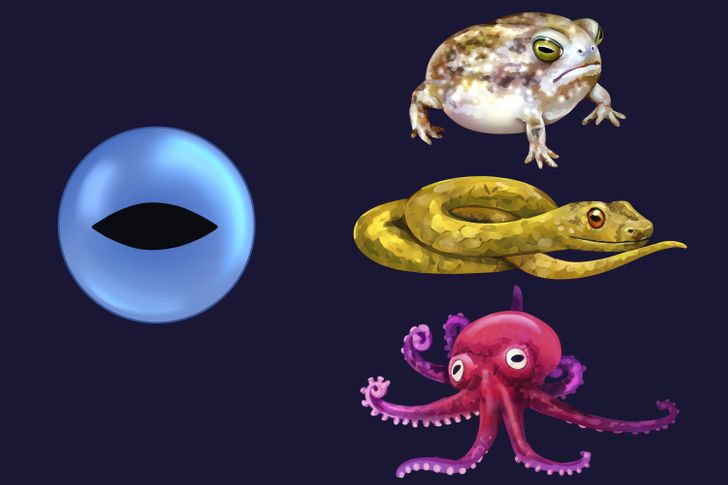
There are quite a few species with horizontal pupils that look like slits. For example, toads, some snakes, and octopuses. They also need to be careful in order not to become someone’s prey and their eyelids can also adapt to daylight and darkness.
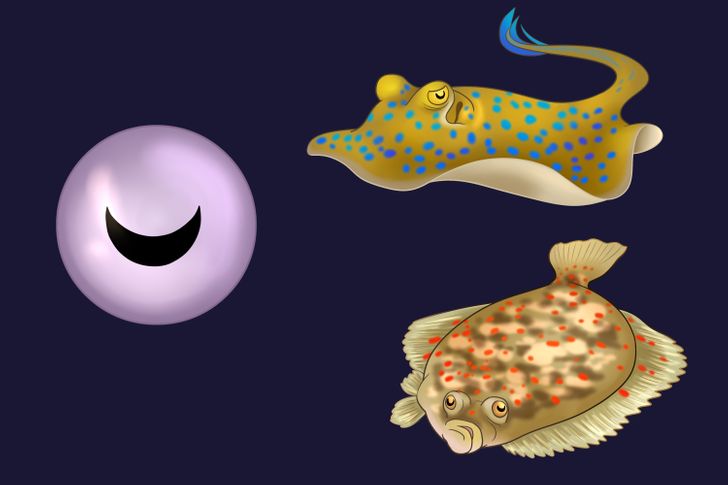
Semi-circular pupils can be found in stingrays, flatfish, and some catfish. These pupils add contrast to an image, decrease distortions in the water, and allow them to see a lot of things around them.
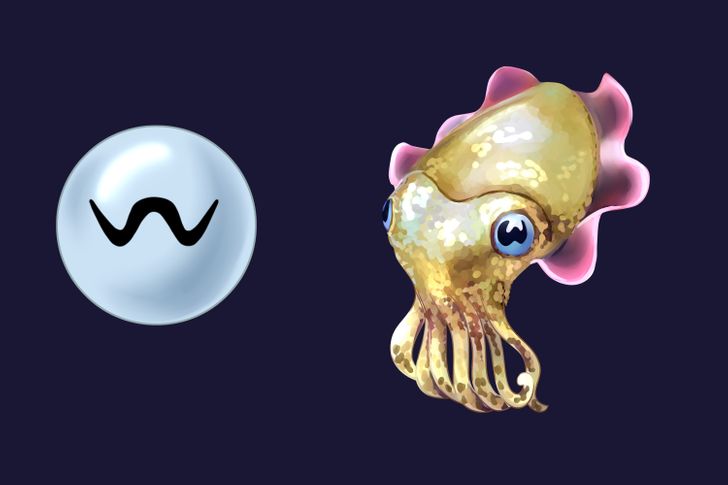
Cuttlefish have W-shaped pupils. You can only see it in bright light because when it’s dark, they become almost circular. Thanks to the W-shaped pupils, the light comes from different directions and this adds contrast and allows cuttlefish to see at far distances.
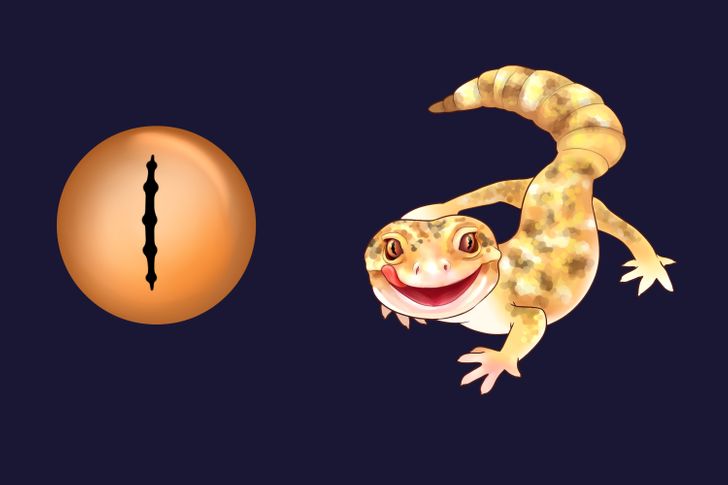
Some fish and geckos have pupils that look like small beads on a thread. These pupils let the animals see at a distance well and hunt in different conditions.